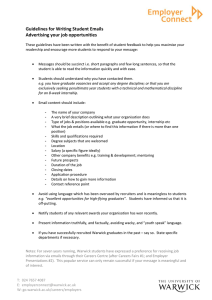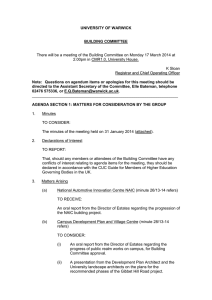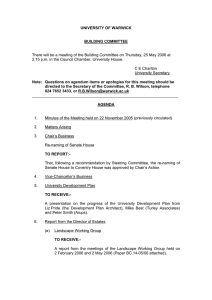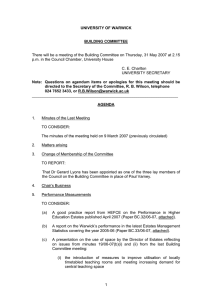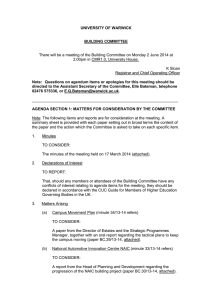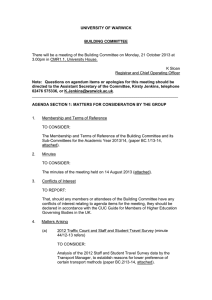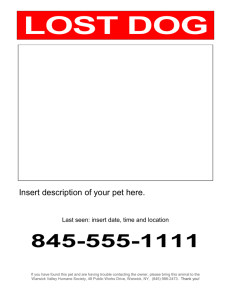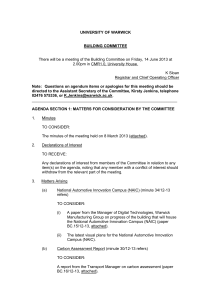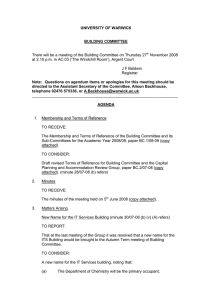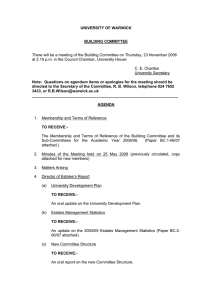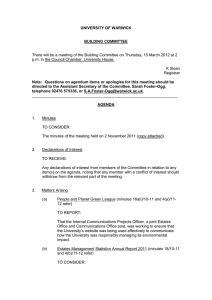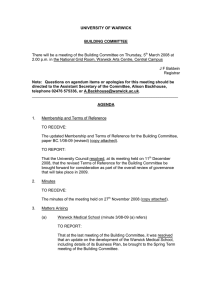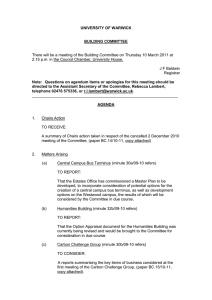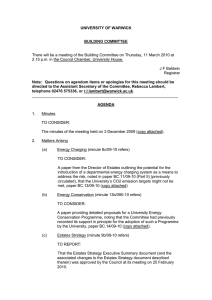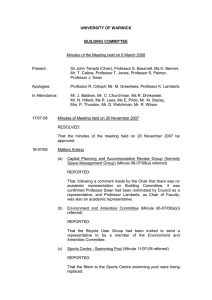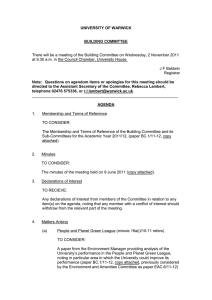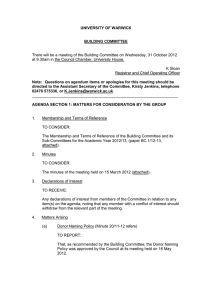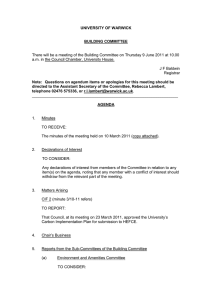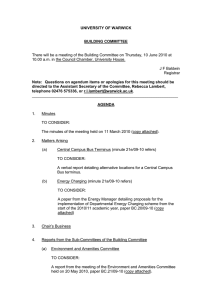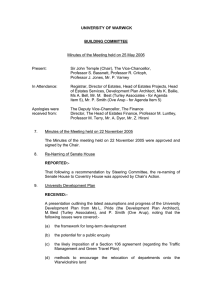Checklist for Identifying a Record
advertisement
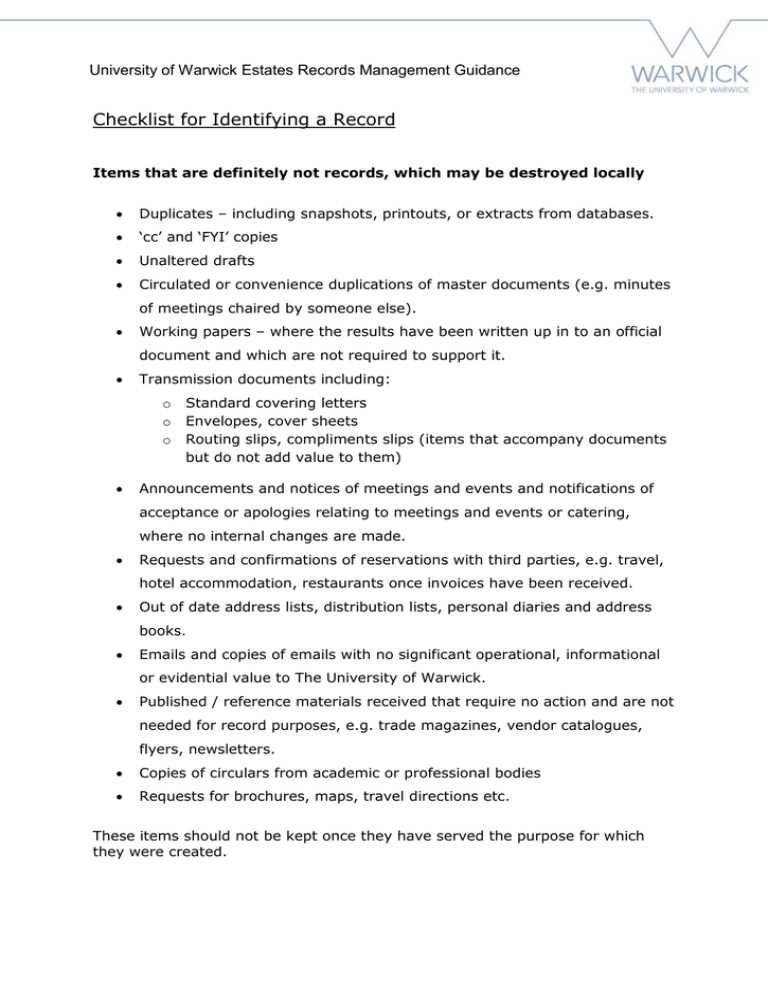
University of Warwick Estates Records Management Guidance Checklist for Identifying a Record Items that are definitely not records, which may be destroyed locally Duplicates – including snapshots, printouts, or extracts from databases. ‘cc’ and ‘FYI’ copies Unaltered drafts Circulated or convenience duplications of master documents (e.g. minutes of meetings chaired by someone else). Working papers – where the results have been written up in to an official document and which are not required to support it. Transmission documents including: o o o Standard covering letters Envelopes, cover sheets Routing slips, compliments slips (items that accompany documents but do not add value to them) Announcements and notices of meetings and events and notifications of acceptance or apologies relating to meetings and events or catering, where no internal changes are made. Requests and confirmations of reservations with third parties, e.g. travel, hotel accommodation, restaurants once invoices have been received. Out of date address lists, distribution lists, personal diaries and address books. Emails and copies of emails with no significant operational, informational or evidential value to The University of Warwick. Published / reference materials received that require no action and are not needed for record purposes, e.g. trade magazines, vendor catalogues, flyers, newsletters. Copies of circulars from academic or professional bodies Requests for brochures, maps, travel directions etc. These items should not be kept once they have served the purpose for which they were created. University of Warwick Estates Records Management Guidance Identifying records • Does it fall within the functions and activities contained in the Estates Records Retention Schedule? • Does it form part of a University transaction? • Does it add value to or support an existing document? • Does it show how a transaction was processed? • Does it show how a decision was made? • Does it document a change to a policy, procedure or methodology? • Does it show when or where an important event happened? • Is it a formal draft of a submission, agreement, or legal document? • Is there a statutory requirement to keep the document? • Is it in some other way a document that demonstrates the history of the University? If your document does not fall into any of the above, it is not a records and can be disposed of when no longer current.

